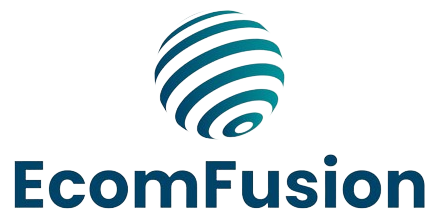Maintaining optimal inventory levels on Amazon is crucial for maximizing sales opportunities, meeting customer demand, and avoiding costly stockouts. Here are effective strategies to manage Amazon inventory effectively and prevent stockouts:
1. Utilize Inventory Management Tools
- Automated Systems: Implement inventory management software or tools like Amazon’s Seller Central, InventoryLab, or third-party solutions such as RestockPro or Sellbrite. These tools automate inventory tracking, reorder points, and provide insights into sales trends and stock levels.
- Forecast Demand: Use historical sales data, seasonality trends, and market insights from tools like Jungle Scout or Helium 10 to forecast future demand accurately. This helps in setting appropriate inventory levels and anticipating peak periods.
2. Set Reorder Points and Safety Stock
- Establish Reorder Points: Determine minimum inventory thresholds for each product based on sales velocity and lead times. Set reorder points that trigger automatic reorder or replenishment to maintain adequate stock levels.
- Safety Stock: Maintain a buffer of safety stock to cover unexpected spikes in demand or delays in supplier deliveries. The amount of safety stock should consider lead times, demand variability, and seasonal fluctuations.
3. Monitor Sales and Inventory Metrics Regularly
- Real-Time Monitoring: Use Amazon Seller Central’s inventory dashboard or third-party tools to monitor key metrics such as inventory turnover rate, days of inventory on hand, and sell-through rate. Regularly review sales reports and adjust inventory levels accordingly.
- Track Lead Times: Keep track of supplier lead times and adjust reorder points based on changes in supplier performance or seasonal demand shifts.
4. Implement Just-in-Time (JIT) Inventory Practices
- Reduce Holding Costs: JIT inventory management minimizes storage costs by ordering inventory only when needed and in quantities that align with current demand forecasts.
- Vendor Managed Inventory (VMI): Establish VMI agreements with suppliers where they manage inventory levels based on agreed-upon metrics, ensuring timely replenishment without excess stock.
5. Diversify Suppliers and Shipping Options
- Multiple Suppliers: Work with multiple suppliers or manufacturers to diversify sourcing options and reduce dependency on a single source. This mitigates risks associated with supplier disruptions or quality issues.
- Expedited Shipping: Utilize Amazon’s Fulfilled by Amazon (FBA) program or other expedited shipping options to ensure faster delivery times and reduce the likelihood of stockouts during peak sales periods.
6. Optimize Product Listings and Pricing Strategies
- Dynamic Pricing: Implement dynamic pricing strategies using tools like RepricerExpress or Seller Snap to adjust prices in real-time based on competitor pricing, demand fluctuations, and inventory levels.
- Bundle Products: Offer product bundles or multipacks to increase average order value and reduce the risk of running out of individual SKUs.
7. Monitor External Factors and Market Trends
- Stay Informed: Keep abreast of external factors such as industry trends, economic conditions, or regulatory changes that could impact product demand or supply chain operations.
- Adapt Quickly: Be prepared to adjust inventory strategies and sourcing plans based on emerging trends or unexpected disruptions to minimize the risk of stockouts.
8. Utilize Amazon’s Inventory Performance Index (IPI)
- Improve Efficiency: Amazon’s IPI measures inventory management efficiency and provides recommendations to optimize inventory levels, reduce storage fees, and avoid overstock or stockout situations.
- Follow Recommendations: Act on Amazon’s IPI recommendations to maintain a healthy inventory score, which impacts storage limits and fees within Amazon’s fulfillment network.
9. Monitor Customer Feedback and Reviews
- Address Issues Promptly: Pay attention to customer feedback related to inventory availability and shipping times. Resolve issues promptly to maintain positive seller ratings and customer satisfaction.
- Use Feedback for Insights: Use customer reviews and feedback to identify potential product improvements or opportunities to adjust inventory strategies based on customer preferences and buying patterns.
10. Plan for Seasonal Demands and Promotions
- Seasonal Planning: Anticipate seasonal demand fluctuations and plan inventory levels accordingly. Increase stock levels well in advance of peak seasons or promotional events to capitalize on sales opportunities.
- Promotional Campaigns: Coordinate inventory management with marketing and sales campaigns to ensure sufficient stock availability during promotional periods without compromising on fulfillment capabilities.
By implementing these effective strategies for managing Amazon inventory and avoiding stockouts, sellers can optimize operations, improve customer satisfaction, and maximize sales potential on one of the world’s largest e-commerce platforms. Regularly evaluate and adjust inventory management practices based on data-driven insights and market dynamics to stay competitive in the dynamic landscape of Amazon selling.


